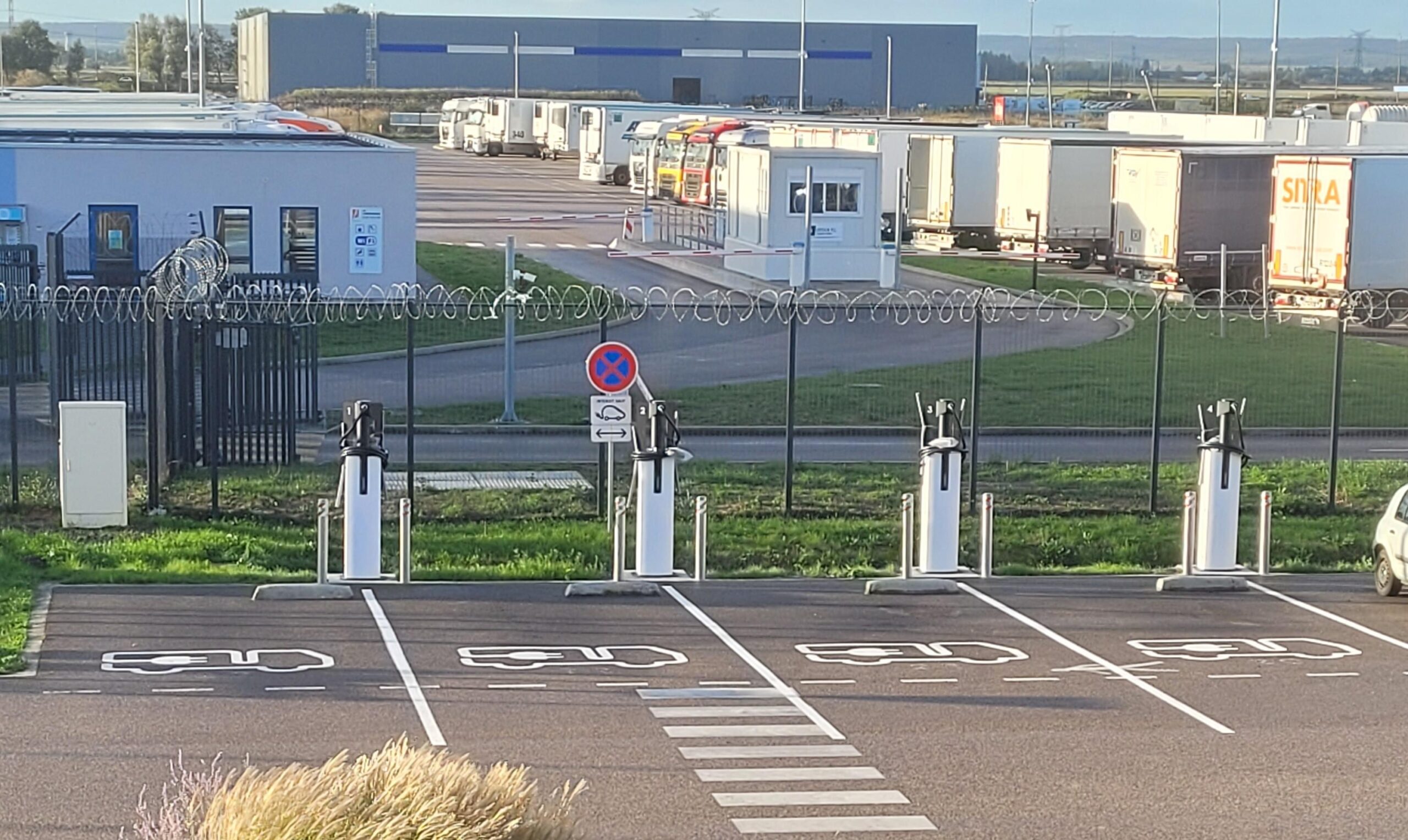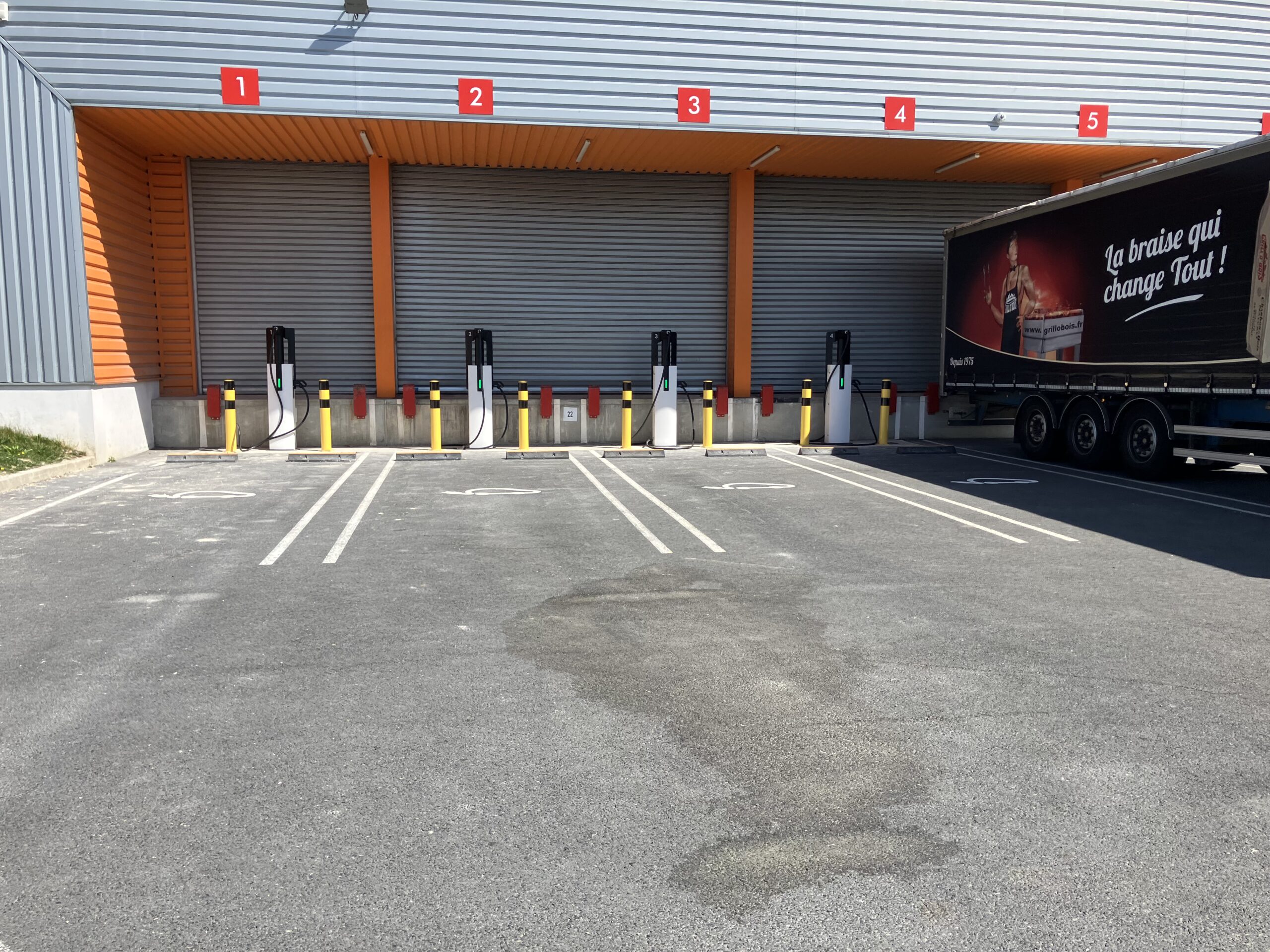Connecting a heavy vehicle EV charging station to the electricity grid is often the most complex and time-consuming step in getting a site operational. High power requirements, regulatory timelines, and coordination with the Distribution Network Operator (DNO) are all factors that can delay your project.
A structured planning approach from the early stages helps secure timelines and ensures a smooth rollout. One of the most effective strategies is power pre-sizing, which guarantees your site meets current and future fleet charging needs.
Power pre-sizing: a critical step often overlooked
Many fleet electrification projects experience delays because the required grid capacity or future demand wasn’t accurately assessed. Grid connections rely on these assumptions, and incomplete estimates can lead to revisions, additional costs, or administrative hurdles.
Power pre-sizing enables you to:
- Define target electrical capacity for short, medium, and long-term needs.
- Ensure compatibility between operational requirements (fleet size, charging schedules, and profiles) and site capacity.
- Plan for future growth to avoid additional grid connection requests.
Leverage in-house technical expertise
Handling power planning internally adds significant value:
- An integrated engineering team specialized in high-capacity EV charging infrastructure.
- Simulation software to model logistics flows, vehicle usage, and charging windows, optimizing energy consumption scenarios.
- Experience from multiple complex EV fleet projects already successfully connected to the grid.
This know-how allows for robust technical documentation, reduces administrative back-and-forth, and secures project deadlines.
Collaborate closely with the distribution network operator (DNO)
Understanding the DNO’s requirements and anticipating key milestones allows you to:
- Prepare a solid technical file from the start.
- Coordinate study, validation, and construction phases efficiently.
- Optimise the type and route of grid connection according to site constraints.
Proactive planning can save months in the overall project timeline while keeping control over technical and financial decisions.
Temporary or mobile charging solutions
Interim charging solutions can be deployed before the permanent grid connection, allowing you to:
- Operate your electric fleet immediately.
- Train teams and adapt operational schedules.
- Reduce fuel costs and CO₂ emissions from day one.
When moderate power is sufficient?
For many logistics depots, moderate power connections (under 250 kVA) cover the majority of use cases:
- Overnight charging
- Slow-rotation fleets
- Gradual vehicle electrification
Even with moderate power, high-performance technical setups can provide rapid commissioning, simplified billing, and flexible operation.
Ready to electrify your fleet responsibly? Let’s talk.



